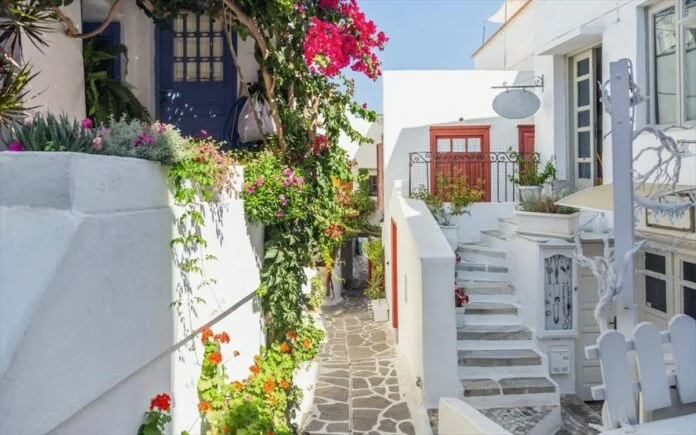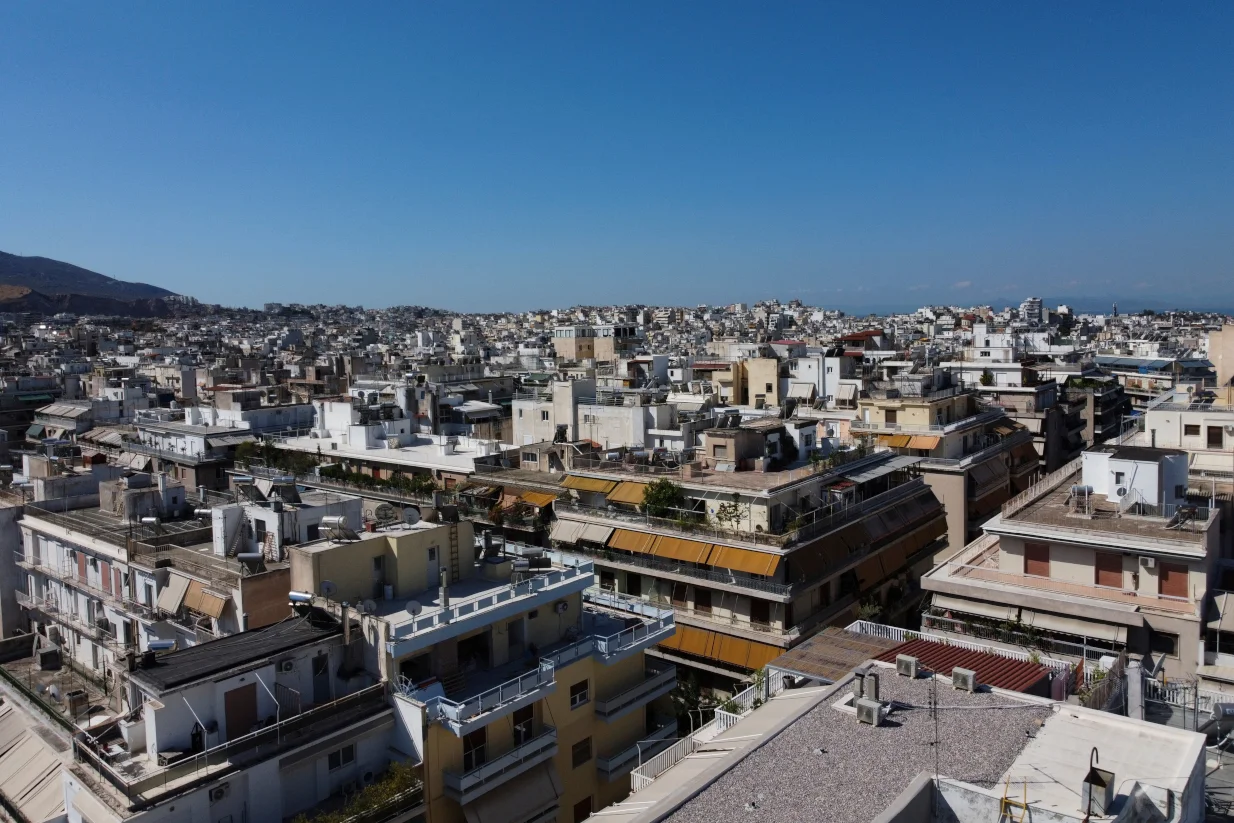In Regensburg, Bavaria stands an imposing replica of the Parthenon, the Valhalla. It consists of 52 columns and is decorated inside with friezes, Ionic columns and even Caryatids inside.
It was built in the early 19th century by the order of Otto's father, Louis I, who wanted to gather all the busts of the heroes of German history in one building. The architect was Leo von Klenz, who took 12 years to complete the Doric temple, making his mark on ancient Greek culture in Munich. Valhalla was Odin's temple in German mythology, where dead warriors lived a rich life as a reward for their offerings. Modern Valhalla is not the only common reference point between German and Greek mythology.
The gray and white replica of the Parthenon stands in Regensburg, near the banks of the Danube, on a hill 135 kilometers northeast of Munich. Even the dimensions are the same: length 48.5 meters, width 14 and height 15.5 meters (49x14x16 in the Parthenon).
The Siren of the Rhine
The beautiful nymph Lorelai stood on a rock on the Rhine, singing and attracting the sailors. Enchanted by her beauty and song, they left the helm of the boat and fell upon the rocks of the river. The rock on which the beautiful nymph stood is located on the right bank of the river at a point where the Rhine narrows and its course becomes labyrinthine. The legend has similarities with the Sirens of Odysseus and is attributed to an invention of the poet Clemens Brentano who was of Italian origin.
The statue of the nymph Loreley on the Rhine, opposite the rock where she stood and enchanted sailors with her song
Botan, Hermes and Oedipus
In the book "De Germania", the Latin historian Tacitus describes the religion of the Germanic tribes and explains that one of the most important deities was Botan, who is identified with Hermes. Hermes was also referred to as the soul bearer because he led the souls of the dead to their final destination. However, there are distinct differences in their characteristics. The Greek god was a gentle figure who performed his work with discretion and composure.
Instead, Botan appeared as a horseman with a rich beard waving in the air and hair falling from his protruding left eye. He was imposing and wielded power over the dead. This fierce figure the Scandinavian rhapsodists, who were known as skalds, tried to appease. They dressed him in a blue cloak, gave him a wooden stick, and pictured him as a silent wanderer who went into the homes of mortals and posed riddles to them. Some of these elements are also found in Oedipus.
Odin, as Botan is also called, lost his left eye due to his greed for knowledge, which was one of his three weaknesses. He gave it to Mimir's source in exchange for his ability to predict the future. He had two other manias: to rule and to possess. Therefore, he asked the giants to build him Valhalla, the 540-gates palace that was the residence of heroes who had fallen in battle. The dead warriors were transported there by the Valkyries on their flying and swift horses.
The mighty Odin exercised power over the dead
Valkyries and Hercules
In this paradise of heroes, the brave dead waged wars and enjoyed meals served by the Valkyries. The menu included wild boar meat, goat's milk from Heidrun, and cups of mead. Thor or Donar appears there as the lord of lightning with supernatural strength that allowed him to break the mountains in two with his hammer. He resembles Hercules but has a fiercer form with bestial qualities and weaknesses, such as gluttony. Most importantly, unlike the intelligent Greek demigod, he has no great intellect. To build Valhalla, Odin placed Freya, the goddess of love and fertility, among the giants. Freya is the Aphrodite of the barbarians, whom they imagined with golden hair, a dress of flowers, and a necklace. In the cycle of the myths of the Nibelungs, Odin or Botan offers the Rhine gold to the giants in order not to give them Freya.
The Valkyries carried the dead warriors to Valhalla and served them meat.
The Scandinavian Daedalus
The saga of the Wayland the Smith or Weladu has elements that refer to Daedalus, imbued with the roughness of the Vikings. One day, together with his brothers, they snatched the clothes of three women and plunged them into the melting snow. The women were from the Mediterranean, and fatally, they married the three brothers. Eventually, the women took back their clothes and returned to their homeland. The two brothers followed, but not the blacksmith, who had an order for 700 gold rings to deliver to King Nithad.
The king was dazzled by the blacksmith's art and to keep him in line, he ordered the tendons of his legs to be amputated. Weladu's revenge was fierce. He killed the king's sons by tying their heads to a tree trunk and making cups from their skulls for the king's table. With their eyes, he made jewelry for their mother and with their teeth a necklace for their sister that also raped. The king stormed the forge in a rage to kill him, but Weladu put in two huge wings he had made and flew away into the sky. Perhaps, destined for the Mediterranean.













